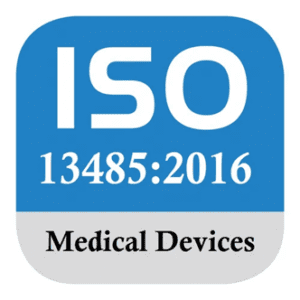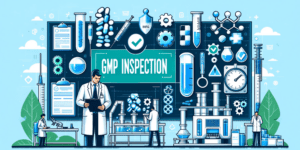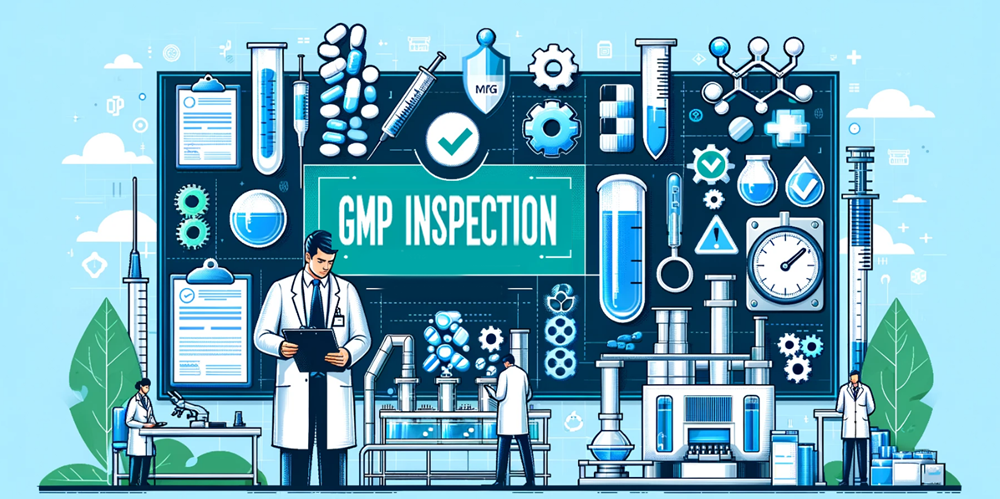
Good Manufacturing Practice, GMP inspections are a critical aspect of ensuring the quality and safety of pharmaceutical products. Pharmaceutical companies must approach GMP inspections with careful planning, attention to detail, and a proactive mindset to achieve successful outcomes. In this blog post, we will discuss the essential steps for preparing for GMP inspections, tips for a successful inspection, the role of technology in GMP inspections, best practices to consider, challenges faced during GMP inspections, and the future of GMP inspections in the pharmaceutical industry.
Tips for a successful GMP inspection
While preparing for a GMP inspection is crucial, it is equally important to approach the inspection process with a proactive and positive mindset. Here are some tips to ensure a successful GMP inspection:
Foster a culture of compliance:
Instill a culture of compliance throughout the organization, emphasizing the importance of adhering to GMP guidelines. This includes promoting open communication, encouraging employees to report any potential non-compliance issues, and providing a supportive environment for continual improvement.Assign a dedicated GMP inspection team:
Designate a team responsible for overseeing the preparation and coordination of GMP inspections. This team should include individuals from different departments, ensuring a comprehensive and collaborative approach to inspection readiness.Conduct mock inspections:
Simulate a GMP inspection by conducting regular mock inspections within the company. This will help identify any gaps or areas for improvement and allow employees to become familiar with the inspection process. Mock inspections also provide an opportunity to practice responding to inspector inquiries effectively.Communicate openly with inspectors:
Establish open lines of communication with the inspectors and be transparent throughout the inspection process. Answer questions honestly and provide any requested documentation promptly. Maintaining a cooperative and professional relationship with the inspectors can positively influence the outcome of the inspection.Continuously improve:
Treat each GMP inspection as an opportunity for improvement. Learn from any observations or recommendations made by the inspectors and take proactive measures to address them. Regularly review and update procedures and practices to reflect industry best practices and evolving regulatory requirements.
By following these tips, pharmaceutical companies can navigate GMP inspections successfully and use them as a catalyst for continuous improvement and growth.
How to prepare for GMP Inspection in 5 steps
Regular internal audits can help identify any potential non-compliance issues and provide an opportunity to address them before an official GMP inspection. Internal audits should focus on all areas of the manufacturing process, including facilities, equipment, recordkeeping, and personnel training.
Implement a comprehensive documentation system that covers all aspects of the manufacturing process. This includes maintaining accurate and up-to-date batch records, logbooks, and standard operating procedures (SOPs). Regularly review and update these documents to ensure compliance with GMP regulations.
Invest in thorough and ongoing training programs for all employees involved in the manufacturing process. Ensure that employees receive training not only on GMP guidelines but also on the specific procedures and protocols relevant to their roles. Regularly assess and document employees’ training progress and competency.
Develop and implement comprehensive quality control systems that encompass all stages of the manufacturing process. This includes thorough testing and analysis of raw materials, in-process samples, and finished products. Regularly review and update quality control procedures to align with current industry standards.
Regularly clean and maintain manufacturing facilities to ensure compliance with GMP standards. Establish appropriate cleaning procedures and schedules, and ensure that all equipment is properly calibrated and functioning correctly. Implement a system for monitoring and addressing any facility or equipment maintenance issues promptly.
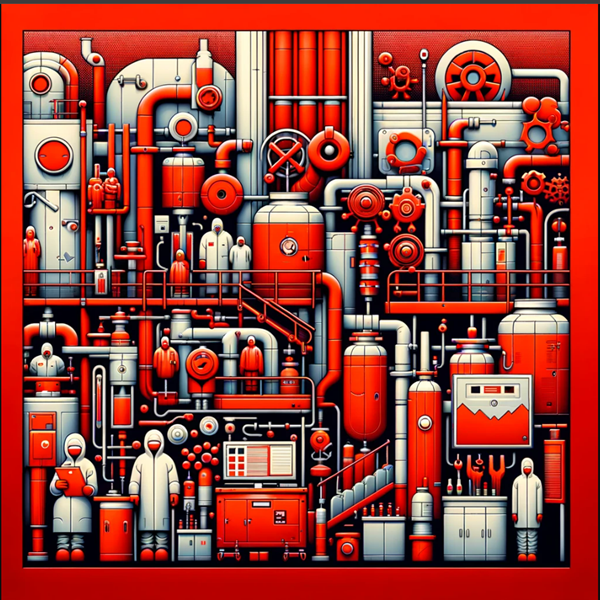
Need help with GMP Audit Readiness?
Unlock the secrets to seamless GxP compliance and regulatory excellence with our expert consultation services. Click below to take your pharmaceutical company to the next level!
Set an appointmentGMP inspection best practices
In addition to the tips mentioned earlier, here are some best practices to consider for successful GMP inspections:
- Maintain a state of inspection readiness: Ensure that GMP compliance is a priority at all times, not just during inspection periods. Regularly review and update procedures, conduct internal audits, and address any non-compliance issues promptly.
- Foster a culture of continuous improvement: Encourage employees to actively participate in identifying areas for improvement and implementing corrective actions. Establish a feedback loop to capture suggestions and ideas from employees and incorporate them into the improvement process.
- Establish strong relationships with suppliers and contractors: Collaborate closely with suppliers and contractors to ensure that they meet the same GMP standards. Regularly assess their compliance and conduct audits if necessary. Maintain clear communication channels to address any potential risks or issues promptly.
- Stay informed about regulatory changes: Stay up to date with the latest regulatory requirements and changes in GMP guidelines. Regularly review industry publications, attend conferences and training sessions, and engage with regulatory authorities to stay informed and ensure compliance.
- Encourage cross-functional collaboration: Foster collaboration between different departments within the organization to ensure a holistic approach to GMP compliance. Regularly convene cross-functional meetings to share updates, address challenges, and coordinate efforts for inspection readiness.
Role of technology in GMP inspections
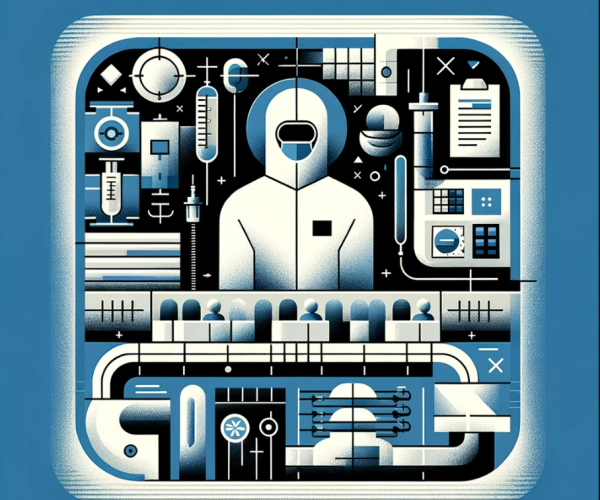
Implementing electronic documentation systems can help ensure the accuracy, accessibility, and completeness of records. Electronic systems enable efficient recordkeeping, version control, and easy retrieval of documents during inspections.
Quality management software provides a centralized platform for managing and tracking all quality-related activities. It allows companies to streamline processes, track deviations, and automate workflows, ensuring compliance with GMP regulations.
Utilize data analytics and monitoring tools to identify trends, patterns, and potential areas of concern within the manufacturing process. These tools can help identify deviations from expected norms, enabling proactive corrective actions.
Leverage technology to deliver effective training programs through e-learning platforms. These platforms provide interactive and engaging training modules, ensuring consistent and standardized training across the organization.
In recent times, technology has facilitated remote GMP inspections and virtual audits. This approach eliminates the need for physical presence on-site, reducing costs and improving efficiency while maintaining compliance with regulatory requirements.
Challenges faced during GMP inspections
GMP inspections present various challenges for pharmaceutical companies. Some common challenges include:
Interpretation of guidelines:
GMP guidelines can be complex and subject to interpretation. Pharmaceutical companies must invest time and resources to understand and implement these guidelines correctly to ensure compliance.Evolving regulatory landscape:
Regulatory requirements and expectations are continually evolving. Pharmaceutical companies must stay informed about these changes and adapt their processes and procedures accordingly. Keeping up with regulatory updates and changes can be challenging but is crucial for maintaining compliance.Resource constraints:
GMP compliance requires significant resources, including personnel, training, infrastructure, and technology. Smaller companies or those with limited resources may face challenges in allocating adequate resources for GMP compliance.Global harmonization:
Differences in GMP requirements across different countries and regions can pose challenges for multinational pharmaceutical companies. Aligning processes and procedures to meet the varying GMP standards can be complex and time-consuming.Adapting to technological advancements:
Embracing new technologies and implementing them effectively within the GMP framework can be challenging. Pharmaceutical companies must invest in training and change management to ensure the successful integration of technology into their operations.
While these challenges may seem daunting, pharmaceutical companies can overcome them by adopting a proactive and strategic approach to GMP compliance.
Conclusion and the future of GMP inspections in the pharmaceutical industry
GMP inspections are crucial for guaranteeing the quality and safety of pharmaceutical products. It’s essential for pharmaceutical companies to understand the significance of GMP compliance in protecting patient safety, upholding product quality, and establishing trust with healthcare professionals and patients.
By following GMP regulations, conducting internal audits, setting up strong quality control systems, and embracing technology, pharmaceutical companies can prepare for and effectively handle GMP inspections. Continuous improvement, promoting a culture of compliance, and staying updated about regulatory changes are vital for sustaining long-term GMP compliance.
As the pharmaceutical industry progresses, GMP inspections will also advance to accommodate new technologies, global harmonization efforts, and evolving regulatory requirements. Pharmaceutical companies must remain adaptable and welcome these changes to ensure ongoing compliance and uphold their position in prioritizing patient safety and product quality.
GMP inspections aren’t just a regulatory requirement; they present an opportunity for pharmaceutical companies to showcase their dedication to excellence and patient well-being. By giving priority to GMP compliance and implementing best practices, pharmaceutical companies can successfully navigate GMP inspections and contribute to the advancement of the industry as a whole.

Mehrnaz Bozorgian
Computer System Validation Specialist

